Acting on dreams in the Daylight is a dangerous business. Bill Cosby (Who is going through a self imposed rough patch, right now) knows that and rightly maintains that conventual education is not friendly to it. He thinks “daydreaming” should be a class and you should get a grade for it. Wouldn’t it be cool if daylight dreaming was celebrated.
Right now, Daylight Dreaming makes the dreamer seem disengaged, bored and strange – not engaged in conventual education. As a result, willful dreamers are frequently stigmatized and labeled as slow or difficult.
“You have to go through stupid to get to smooth” is a truism that 70 + years has taught me. Every morning, a daylight dreamer, will find life has provided a new learning curve and like it or lump it you are going to take the ride. And as a result you will look like a schmuck a lot. But graceful and smooth is on the other side of your klutziness. So you can get excited about the ride and get ready for your stomach to go whew or you can put on your poopy – face and mess up the thrill.
My ramblings do have a purpose and it is to encourage an upbeat engagement of inevitable change and the Dance that come with it. but Bobby Burn’s little mouse had to learn what happens to the best laid plans of mice and men, so let’s get on with it and see if we can pull it off. 1.
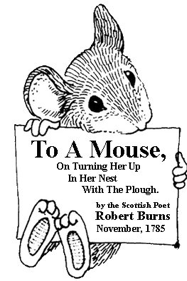
“The best-laid plans of mice and men / Go oft awry.”
Perhaps a story?
I was born in England, Birmingham specifically. I spent my first few years (4) in England – I was born on September of 1943. At nineteen, I had come back as a Mormon Missionary (The Church of Jesus Christ of Latter Day Saints), but now I was a citizen of America. I was green as grass, but very excited. I was loaded on a train and shipped to a place I had never heard of – Crewe, England and placed into what I was assured was friendly and kindly hands. But that wasn’t exactly true…..
 Mormon missionaries spend a lot of time on bicycles and so I soon acquired one and was told that until I established my skill on the streets of Crewe I’d need to wear a learning plate or decal on both the front and back of my bike. It looked like this –
Mormon missionaries spend a lot of time on bicycles and so I soon acquired one and was told that until I established my skill on the streets of Crewe I’d need to wear a learning plate or decal on both the front and back of my bike. It looked like this –
They kindly help me put both tags on, front and back and I rode the streets of Britain for a week or two before I figured it out. You see in America we tag our learner drivers with a “Learning Driver” decal so we all know to expect the unexpected and give them some slack and space. England applies the same principle, but they put this “Learners Tag” in both the front and back window of the automobile. Let me say it again – automobile. Yep, dummy the wonder boy had learner’s tags on his bike. When the “aha!” came I realized why I was getting all those stupefied looks from the quizzical pedestrians – nobody, except a true rube, would put learning tags on a bike, but remember this was me, so it was fair – Stupid to Smooth. Everything has a stupid phase – football, dating, marriage, etc. But Smooth will arrive…….
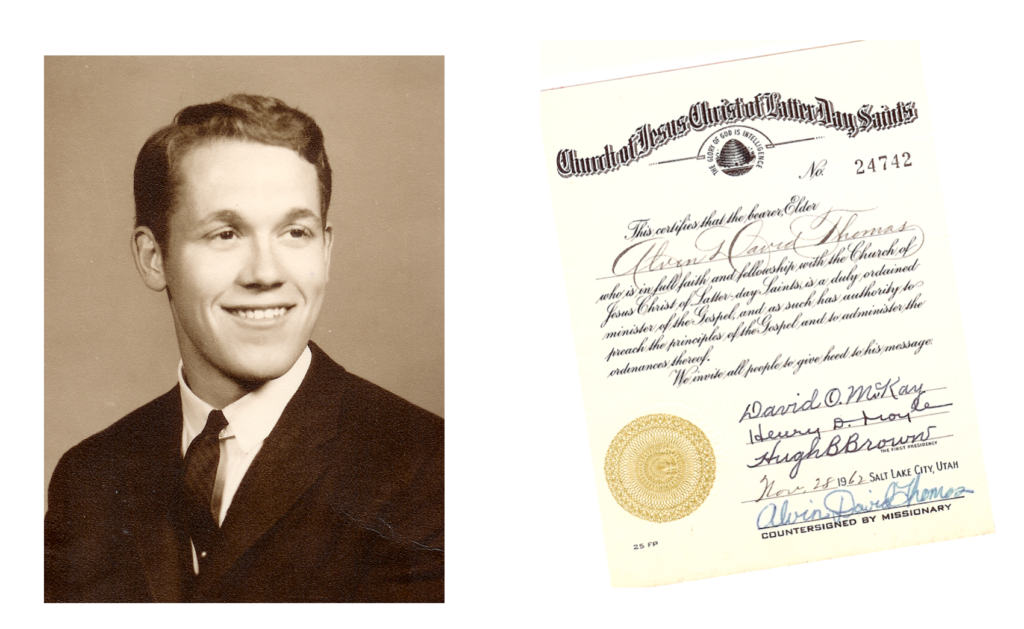
Me in 1962 with my Mormon Missionary Ministerial License
Eventually I would Put Learner’s Plates on for real and I got a British Driver’s License. Stupid to smooth, remember. The transition from a British Bike to a British Car, I had just engaged one more learning curve. One of millions of rides on the learning roller coaster.
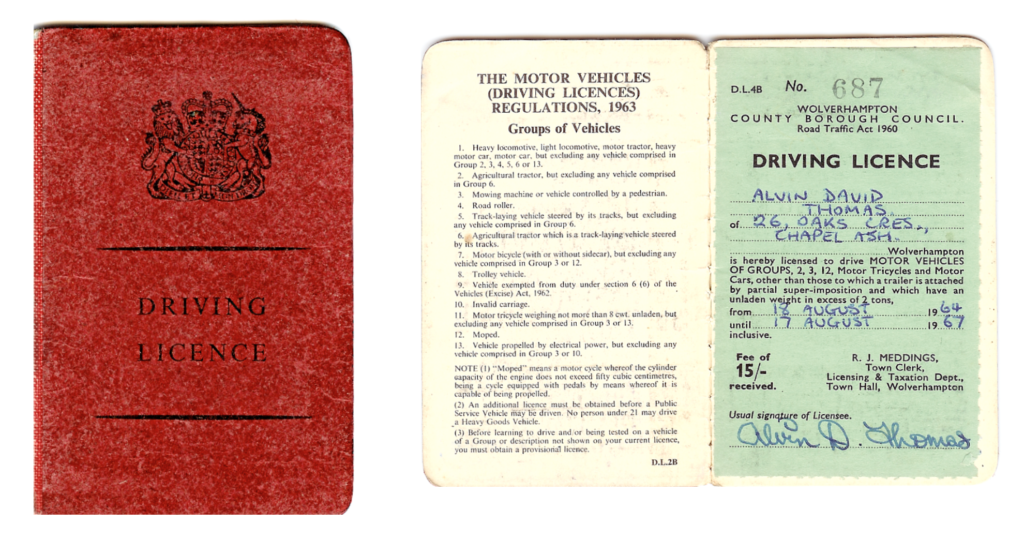
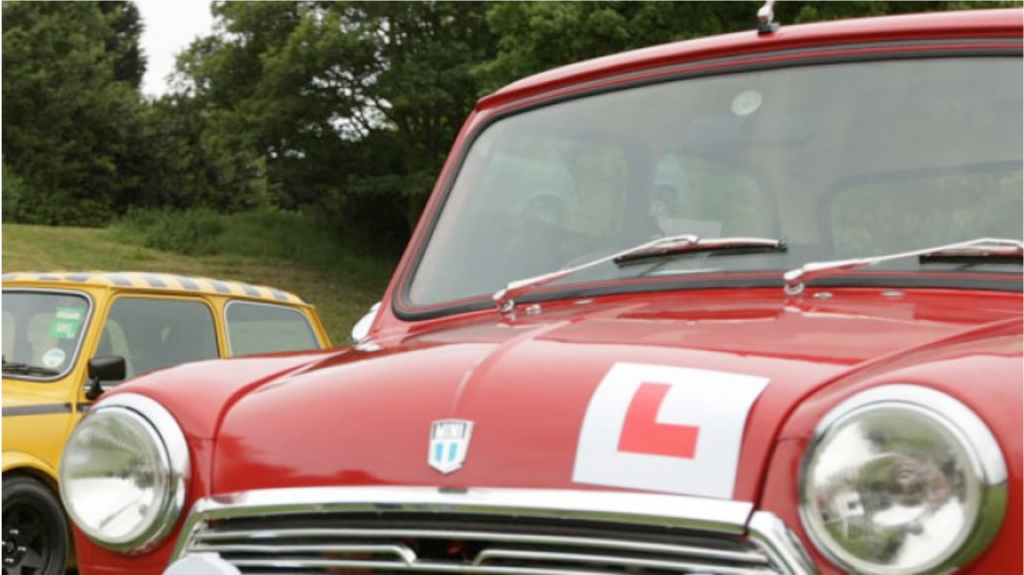
But I feel like I have always wore learner’s plates. Maybe it’s because I came from another country, but sometimes I feel like I have always been a stranger, an alien, in a strange world, I’m here but always on the outside looking in – learning, observing. And maybe that’s why I think I might be able to add something to the universal conversation, that conversation that is trying to answer the question – “What in the world is going on?” and “Why am I here?”
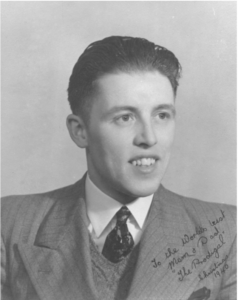 This is my Dad Wilfred Alvin Thomas in 1940. He was 24, just a little older than me when I was a Missionary. He had been married for a little over a year. he along with the rest of England had survived The Battle of Britain.
This is my Dad Wilfred Alvin Thomas in 1940. He was 24, just a little older than me when I was a Missionary. He had been married for a little over a year. he along with the rest of England had survived The Battle of Britain.
My father was a brave man, but I doubt that he saw himself that way. He grew up in the South of Wales in Great Britain and would you believe it, Wales is one of the places I would live while on my Mormon Mission – I worked in the very place my Dad grew up. I loved South Wales where I walked the paths my Dad knew and even met some of my Dad’s friends and cousins. I think that gave me a deeper sense of him and that brings us to another story, but this is my Dad’s learning curve, a learning curve that would forever change my life.
In my Dad’s day in the Varteg hills of South Wales you worked in the coal mines – For a Welsh kid, It was your only choice unless you were “born to the purple” – rich or connected. But my Dad was in the downstairs club at “Downton Abbey” (My Grandmother went into service, became a maid, but she didn’t like it, came home and found my then “studley” Grand Dad).
So Alvin, my dad “went down the mines.” I always thought that Richard Llewellyn’s book “How Green Was my Valley” captured my father’s story. My Dad was Roddy Mcdowall, Huw Morgan. The book takes place during the reign of Queen Victoria (Turn of the 1900’s century). My Dad was born in 1916.
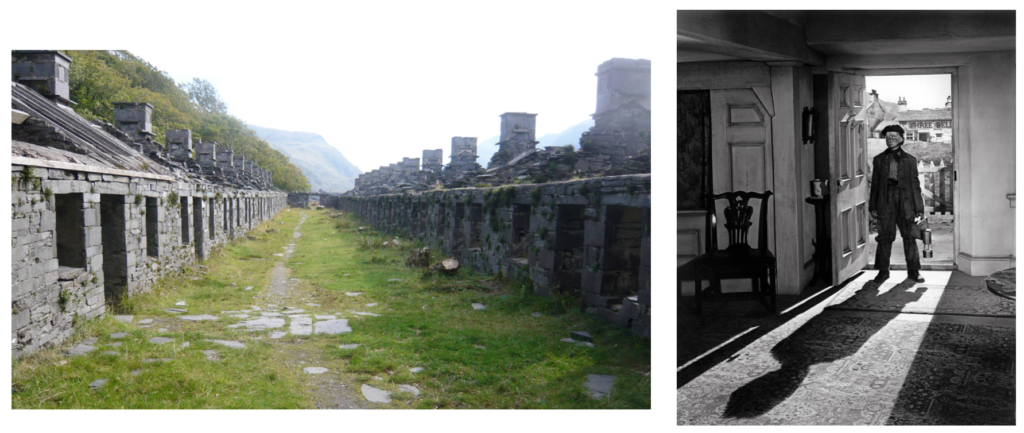
Ruins of abandoned Miner’s Houses in Pontypool South Wales and Roddy McDowall as Huw Morgan.
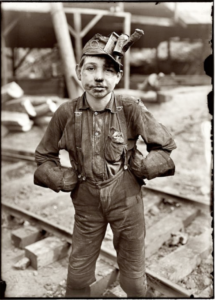 When I found this picture of an American boy miner from 1908 in West Virginia I felt I was looking at my dad. I know both boys would understood each other.
When I found this picture of an American boy miner from 1908 in West Virginia I felt I was looking at my dad. I know both boys would understood each other.
When I was in high school I read this poem. I read it, but I heard, what imagine was my father’s youthful voice –
Coal Mining
God, if You had but the moon
Stuck in Your cap for a lamp,
Even You’d tire of it soon,
Down in the dark and the damp.
Nothing but blackness above
And nothing that moves but the cars.
God, if You wish for our love,
Fling us a handful of stars.
– Louis Untermeyer, Caliban in the Coal Mines
How I found that poem I’ll never remember, but it haunts me still and the anguished teenage voice I heard saying these lines.
The story………
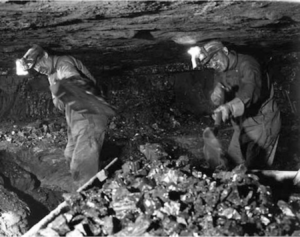 My dad, as I mentioned, was strong, but he was short, a little over five feet tall. I imagine that he was small at fourteen too. He had to go into the mines, you get that, he had to – It was what the boys in the family did. Money was tight and to keep food on the family table he had to generate his share and he did. Down he went into the dark where he scurried like a mole into the tight burrowed dark holes running off of the main shaft and dragging a bucket he would pick up the loose coal laying on the ground and then drag or hand his bucket out to one of the older miners. Day in and day out, but actually I don’t know how long he did it, but I do know my dad hated it.
My dad, as I mentioned, was strong, but he was short, a little over five feet tall. I imagine that he was small at fourteen too. He had to go into the mines, you get that, he had to – It was what the boys in the family did. Money was tight and to keep food on the family table he had to generate his share and he did. Down he went into the dark where he scurried like a mole into the tight burrowed dark holes running off of the main shaft and dragging a bucket he would pick up the loose coal laying on the ground and then drag or hand his bucket out to one of the older miners. Day in and day out, but actually I don’t know how long he did it, but I do know my dad hated it.
These clips from the movie “How Green was my Valley” might help, but remember when they sing, they are singing in Welsh. Did you know that over 1/2 of the Mormon Tabernacle Choir has Welsh ancestry and it was a Welsh Choir singing in Salt Lake City in 1849 that inspired Brigham Young to get the Choir started. 1.
Also this movie, as noted, takes place during the reign of Queen Victoria (20 June 1837 until her death 22 January 1901. My Dad was born in 1916).
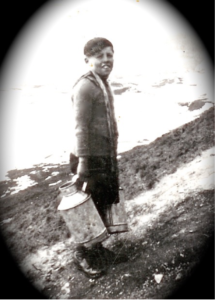 My Dad at 13 years old (1929), just before he went down the mine.
My Dad at 13 years old (1929), just before he went down the mine.
Down he went into the dark where with his bucket he would pick up the loose coal laying on the ground and drag. Now my dad was a young man with skills. He had government test scores to prove it. He had inherent mechanical skills, a craftsman in the making, but the family couldn’t let him use the scholarship he had earned for the additional schooling, they needed his pay check. So my dad groveled and scurried in the dark and dirt.
That’s when God took charge……..
Nobody knew what happened for sure, my dad was very vague about it, but he had a dark blueish black scar across the middle of his right hand to validate that it had happened. I think my dad tripped and reached out to stop his fall and somehow in the dark instinctively grabbed an ugly frayed pulley cable that snatched his hand and drug him along the mine floor until he was lifted off his feet and dangled right up into the jaws of the pulley system. I suspect that someone had flipped a switch or pulled a lever that stopped the system and then kindly fellow miners untangled his fingers and hand from the grasp of the dragline. My father was rushed with all the tender care that miners felt for each other, especially for the young boys, then mended as best they could and placed first in the mine elevator and then finally in the arms of his mother – a woman of faith and prayers.
(Please note I have 7 brothers and 1 sister who will all have different versions of this story, but I’m the oldest and Dad told me first! Stay away from my cousins.)
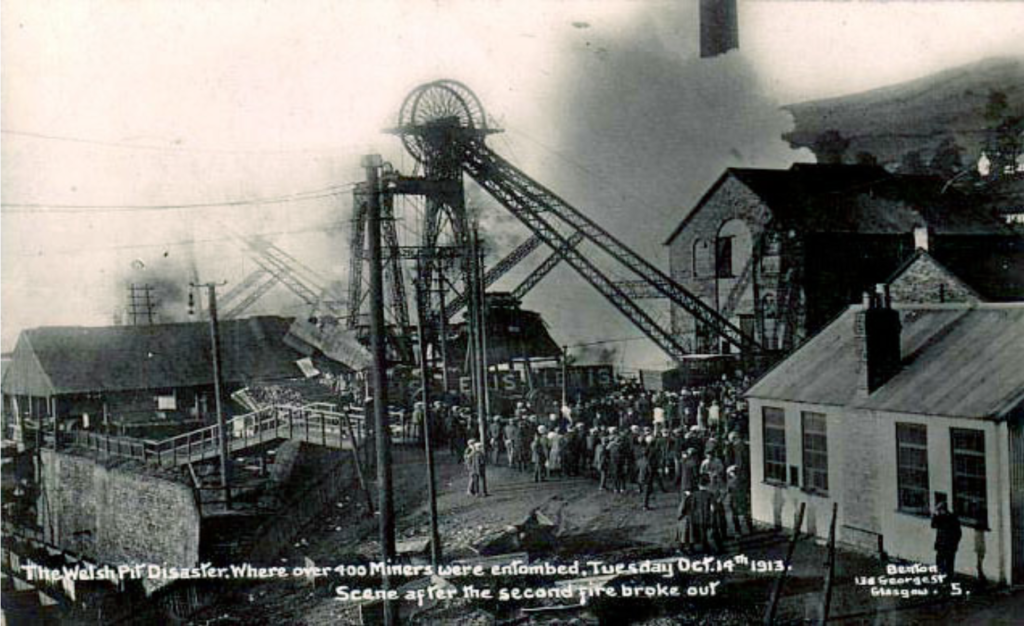 For weeks she tended and soothed him, bathed his hand in healing blessed oil (ask a Mormon) and refused to listen when the doctor told her that the hand would have to be cut off to save his life. Days of tender care melted into weeks and weeks into months and wonder of wonder my dad mended. But though he was grateful to have a mended hand it meant only one thing to him – he would have to go back into the hell of the mines. The day came and regretfully his mother sent him back into the “cold and the damp.” My dad obediently and lovingly went, but he was terrified.
For weeks she tended and soothed him, bathed his hand in healing blessed oil (ask a Mormon) and refused to listen when the doctor told her that the hand would have to be cut off to save his life. Days of tender care melted into weeks and weeks into months and wonder of wonder my dad mended. But though he was grateful to have a mended hand it meant only one thing to him – he would have to go back into the hell of the mines. The day came and regretfully his mother sent him back into the “cold and the damp.” My dad obediently and lovingly went, but he was terrified.
They Handed him his bucket and he shuffled back into the dark and started picking up the chunks of coal. I don’t know how long he was down there, how many shifts he did, but one day a bazaar miracle happened. He was standing under the face of the cave when from somewhere high up a large piece of coal jingled loose and careened down and hit my father right on the top of his head. It embarrassed him, he felt STUPID more than it hurt. He was wearing a protective hat, but something amazing happened – his colleagues laughed. Yeah it was funny, in a looney tunes kind of way. They laughed.
Now if my dad had been an experienced mature miner he probably would have laughed too, but he was about fourteen (hey, that’s 8th grade) – a very vulnerable age. He didn’t laugh but in a rage, hiding his tears he stomped away from his miner colleagues and harrumphed his way to the mouth of the mine. Now I know mines are divided up into levels and have elevators, but in my imagination he stood at the mouth of the mine with the sun blinding his eyes and there in the sunlight he made a commitment to never go back.
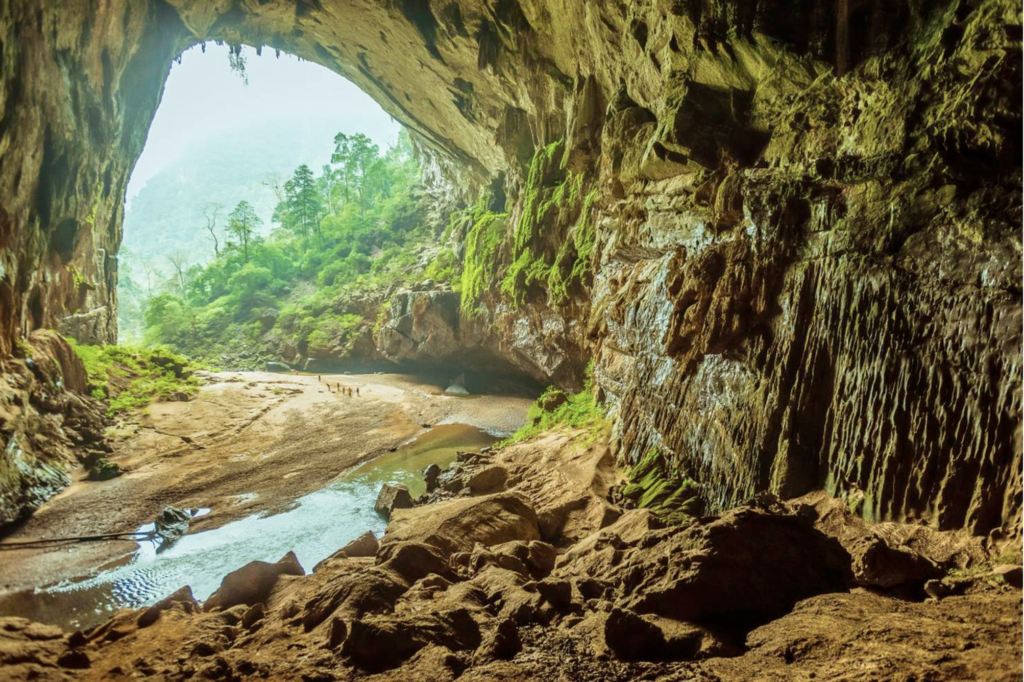 I know – too much, these are actually Phong Nha-Ke Bang Caves in Viet Nam, but that’s how I visualize it.
I know – too much, these are actually Phong Nha-Ke Bang Caves in Viet Nam, but that’s how I visualize it.
He didn’t go back. My grandpa, his Dad, I think inspired, helped his son take advantage of the technical scholarship that he had won. He graduated, moved to Birmingham England where he found work and my mom and eventually his entire extended family would move. A fourteen year old hurt feelings transformed the future of generations.
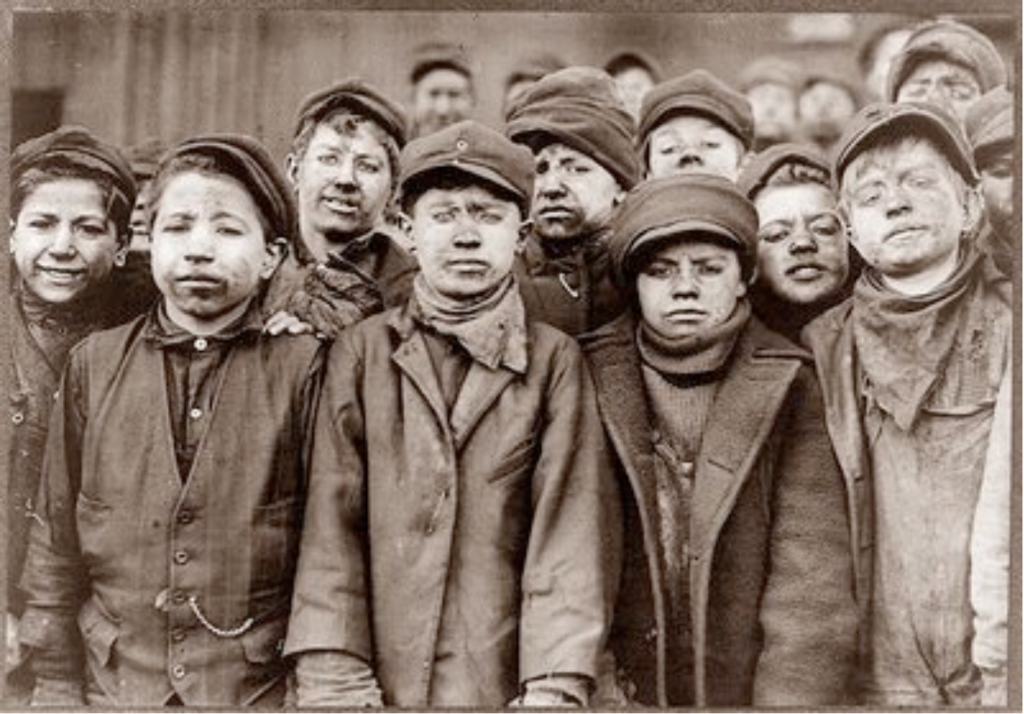
I could have been in this picture or one like it if my Dad hadn’t moved through stupid to smooth and “Boogied to Birmingham.”
Years ago Bill Cosby (Hey, hey, he’s done a lot of good! The Electric Company, The Cosby Show, Books – yeah, the choices we make have a price. But I’m holding on to my stone – John 8: 3 – 11.) talked about how we as kids had our own music, we made it up, it was our theme, and we played it as we played cops and robbers or house, we made our music. We made it with our mouths; we sang it, as we played out our part (“Na, na, na, na, nah”). Just like Donna Reed, and the Lone Ranger, our theme played as we cooked a make believe dinner, or rode to the top of the hill on our own imaginary stallion. Perhaps one of the reasons life can become joyless is because we’ve forgotten our music, our melody, our song. The music that accentuated our playtime was lost as we started to work. In our grown up world, as we began to cook and ride “for real” the music just went away. Perhaps we could recharge our lives, even make it “fun” if we started hearing the music, “Our” music again. What music would John Williams (Star Wars and Indiana Jones music composer) arrange for the scene, in the movie about my Dad, when he walks into the opening and sunlight of his new life? Who would be Roddy McDowall this time?
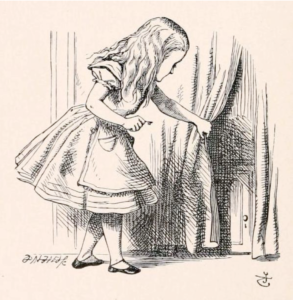 Lewis Carroll created a multitude of unusual creatures to interact with Alice in Wonderland. One of these characters was a little lock which had arms and hands and legs and feet and ran frantically around in a circle. Alice stopped him and asked, “What is the matter?” To which the little lock responded, ” I’ve got to find the key to unlock myself. If I don’t find the key, I’m doomed to be locked up inside myself forever.” I couldn’t find a source for this, but it sounds right. But there is this about keys.
Lewis Carroll created a multitude of unusual creatures to interact with Alice in Wonderland. One of these characters was a little lock which had arms and hands and legs and feet and ran frantically around in a circle. Alice stopped him and asked, “What is the matter?” To which the little lock responded, ” I’ve got to find the key to unlock myself. If I don’t find the key, I’m doomed to be locked up inside myself forever.” I couldn’t find a source for this, but it sounds right. But there is this about keys.
“However, on the second time round, she came upon a low curtain she had not noticed before, and behind it was a little door about fifteen inches high: she tried the little golden key in the lock, and to her great delight it fitted!”
Alice’s Adventures In Wonderland
Chapter 1 Down the Rabbit Hole
Like the little lock there is much that is hidden in each of us and again I believe God is trying to reveal us to us. But we don’t always jump at the chance to respond to the “calls”, pick up the “keys,” and dance to the music that God would provide for us, if we listened. Even Joan of Arc resisted her voices and it took several years before the angels had developed in Joan significant enough courage to respond to and actualize her destiny. Using the keys God gives us is not easy, but I believe we all receive calls. We all have keys or voices. What will we do about it? When will we find the light filled opening to who we could be?
Helen Keller said it nicely, “Security is mostly a superstition. It does not exist in nature, nor do the children of men as a whole experience it. Avoiding danger is no safer in the long run than outright exposure. Life is either a daring adventure…. or nothing.” 3. It’s Jump or Fall. We must hear our music and respond.
EARS TO LISTEN AND EYES TO SEE
There are sources of sweet music,
And they sing a song of you;
They harmonize with potential,
And they tell you what to do.
If we could learn to listen,
And hear this whisper speak;
Then both of us could find ourselves
And be the us we seek.
But it takes a ear that listens,
And an eye that truly sees;
It takes some focused questions.
And some time upon our knees.
Now we’ve all received an invite,
To ask and seek and find,
But you must discover your work,
And I must pin down mine.
So let’s both open up our ears,
And focus eyes to view;
So a kind and loving Father
Can tell us what to do.-A.D.T.
- Wikipedia says, ”To a Mouse, on Turning Her Up in Her Nest with the Plough” (Scots: “Tae a Moose”) is a Scots poem written by Robert Burns in 1785. According to legend, Burns was ploughing in the fields and accidentally destroyed a mouse’s nest, which it needed to survive the winter. In fact, Burns’s brother claimed that the poet composed the poem while still holding his plough. But, whatever, the line “The best laid schemes o’ mice an’ men / Gang aft agley” (often paraphrased in English as “The best-laid plans of mice and men / Go oft awry”) come from this poem. The poem is also the source for title of John Steinbeck’s book Of Mice and Men.
- http://archive.sltrib.com/story.php?ref=/sltrib/lifestyle/57074740-80/choir-terfel-welsh-wilberg.html.csp
- Everyone gives Helen Keller the credit, but I couldn’t find a source.
More stuff from Youtube –
This one move fast, but it’s Sir Ken Robinson, again, at full tilt – about 3 minutes.
This one is about how hard it is to clue somebody in – tell em something, very short.


Loved it!